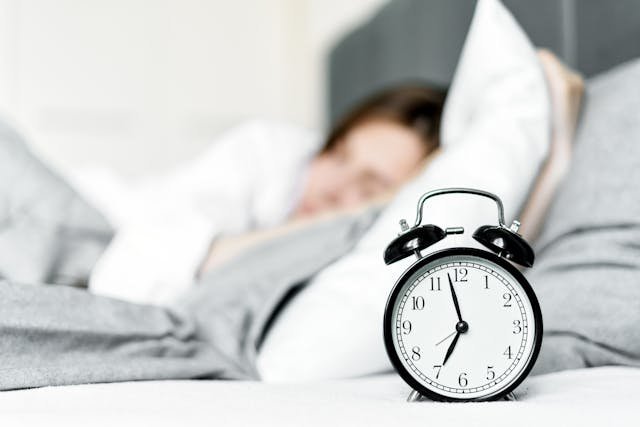Sleep Calculator
Calculate optimal bedtimes or wake times based on ~90-minute sleep cycles. Works in your local timezone and includes nap timers & sharing.
Quick naps
Tip: choose a time above and click any recommended time to start a countdown.
Intro
Use this free Sleep Calculator to find the best times to go to bed or wake up based on ~90-minute sleep cycles. It’s timezone-aware, mobile-friendly, and includes quick nap timers and a countdown so you can set an alarm right away.
A good night’s sleep starts with timing. Sleep follows repeating cycles of roughly 90 minutes that include light sleep, deep sleep, and REM. Waking at the end of a cycle leaves you feeling more refreshed; waking mid-cycle can make you feel groggy. This calculator helps you plan bedtimes and wake times that align with sleep cycles and your natural falling-asleep time.
How to Use This Mortgage Calculator
Set the time you want to wake up (or the time you plan to go to bed) and choose how many sleep cycles you want to complete. The default cycle length is 90 minutes — you can adjust this if you know your personal cycle length. The calculator also factors in average time to fall asleep so the results show when you should be in bed and aiming to sleep.
Why sleep cycles matter
Sleep cycles repeat through the night and vary a little between individuals. Completing full cycles improves alertness and mood when you wake. For example, aiming for 4–6 full cycles (about 6–9 hours) is a common, practical target. Short naps of ~20–30 minutes are useful for a quick refresh because they avoid deep-sleep inertia; a full 90-minute nap can provide a complete cycle for deeper restorative benefits.
Practical tips to fall asleep faster
• Keep a consistent bedtime—your body’s clock (circadian rhythm) favors regular schedules.
• Dim lights and avoid screens 30–60 minutes before bed. Blue light suppresses melatonin.
• Make your sleeping environment cool, dark and quiet. A white-noise machine can help.
• Avoid heavy meals, caffeine, and vigorous exercise too close to bedtime.
• Try a short breathing exercise (4-7-8 breathing) to relax.
Use cases — when this helps most
• Night shift or rotating schedules: quickly find the best sleep window between shifts.
• New parents and caregivers: plan naps and core sleep blocks for maximum rest.
• Students & professionals: plan study or work schedules around planned wakefulness windows.
• Travelers: use the timezone display to set bedtimes and wake times when changing time zones.
Share & set alarms
Click any recommended time in the results to start a countdown timer, print a sleep schedule, or quickly share it with a friend. Use the nap buttons for 20–30-minute power naps or a full 90-minute restorative nap. If you track your sleep with a wearable device, compare the data from the device with the calculator to fine-tune your personal sleep cycle length.
Final note
This calculator is a planning tool — individual needs vary. If you have persistent sleep problems, daytime sleepiness, or suspect a sleep disorder (apnea, restless legs, or insomnia), consult a healthcare professional or sleep specialist.





Pingback: Personalized Supplement Calculator-Maximize Your Health 2025 - Broadway6